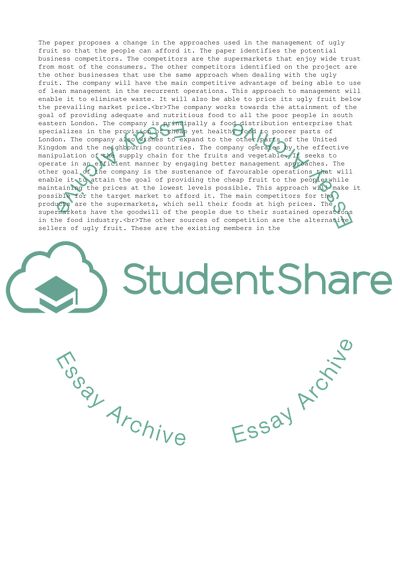Cite this document
(Reflective ReportTrack 2 Essay Example | Topics and Well Written Essays - 2500 words, n.d.)
Reflective ReportTrack 2 Essay Example | Topics and Well Written Essays - 2500 words. https://studentshare.org/business/1811678-reflective-reporttrack-2
Reflective ReportTrack 2 Essay Example | Topics and Well Written Essays - 2500 words. https://studentshare.org/business/1811678-reflective-reporttrack-2
(Reflective ReportTrack 2 Essay Example | Topics and Well Written Essays - 2500 Words)
Reflective ReportTrack 2 Essay Example | Topics and Well Written Essays - 2500 Words. https://studentshare.org/business/1811678-reflective-reporttrack-2.
Reflective ReportTrack 2 Essay Example | Topics and Well Written Essays - 2500 Words. https://studentshare.org/business/1811678-reflective-reporttrack-2.
“Reflective ReportTrack 2 Essay Example | Topics and Well Written Essays - 2500 Words”. https://studentshare.org/business/1811678-reflective-reporttrack-2.


